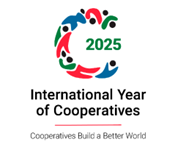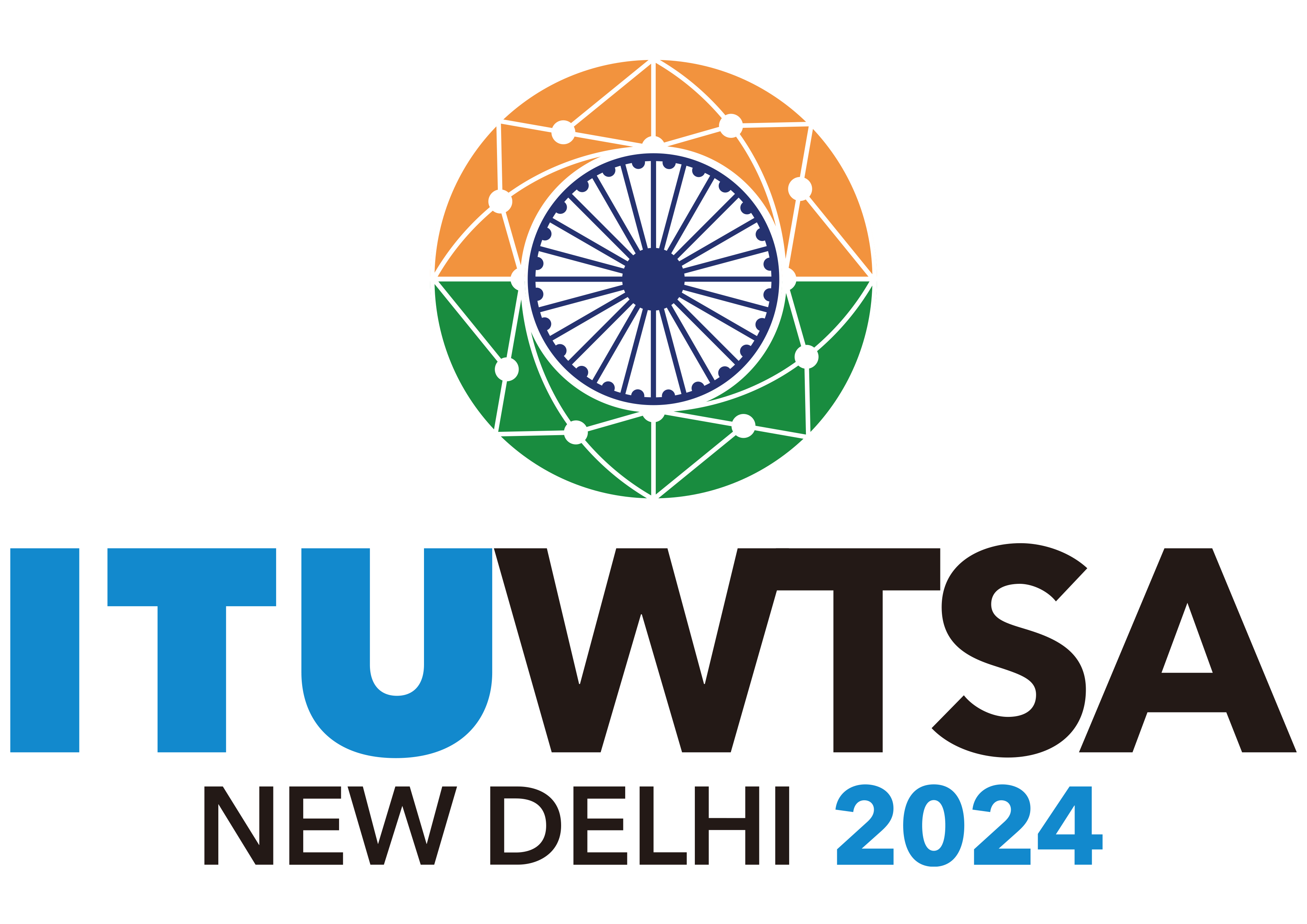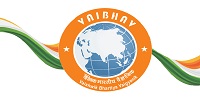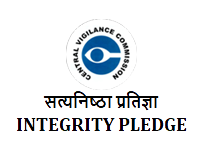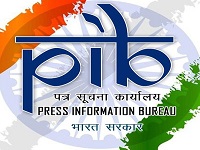Research facilities in 8 women universities have been enhanced with support from the CURIE (Consolidation of University Research for Innovation & Excellence in Women Universities) initiative of the Department of Science & Technology, (DST) Artificial Intelligence facilities have been set up in 6 women universities with support from the CURIE-AI facility initiative.
The women universities have received total support of Rs 40 crore from the CURIE initiative started in the year 2008-09, and Rs. 4.20 crore from the CURIE-AI facility initiative started in the year 2019.
The Department of Science and Technology (DST) is implementing ‘Knowledge Involvement in Research Advancement through Nurturing (KIRAN)’ Scheme to provide various career opportunities for women scientists and technologists. It is primarily aimed to bring gender parity in the Science & Technology sector by inducting more women talent in the research & development domain through various programmes. CURIE & CURIE-AI facility of the Department under the KIRAN scheme, including other schemes, empowers women in science and technology.
In the year 2008-09, DST took a special initiative, ‘CURIE,’ to support women universities for improving R&D infrastructure and enhance research facilities. CURIE support has been extended to 08 Women Universities in the country namely Avinashilingam Women University, Coimbatore (Tamil Nadu), Banasthali University, Rajasthan, SNDT Women University, Mumbai (Maharashtra), Sri Padmavati Mahila Visvavidyalayam, Tirupati (Andhra Pradesh), Mother Teresa Women University, Kodaikanal (Tamil Nadu), Karnataka State Women University, Bijapur (Karnataka), Indira Gandhi Delhi Technical University for Women, Delhi (Delhi) and Rama Devi Women University, Bhubaneswar (Odisha). This year CURIE support is in the process to include 9th women university -- BhagatPhool Singh MahilaVishwavidyalaya, Sonipat (Haryana).
CURIE support resulted in a significant increase of student enrolment at undergraduate, postgraduate, and Ph.D. levels in CURIE supported Universities. It has also enhanced the number of NET/GATE qualified students. Extramural funding has also been increased due to the presence of sophisticated labs, which resulted in publications in high impact factor journals.
In the year 2019, DST established an Artificial Intelligence lab in 6 CURIE beneficiary universities with the goal of fostering AI innovations and set up AI-friendly infrastructure to prepare skilled manpower for AI-based jobs in the future. This facility is exposing women students from these universities to different AI tools and will improve the employability of women in this upcoming sector.















